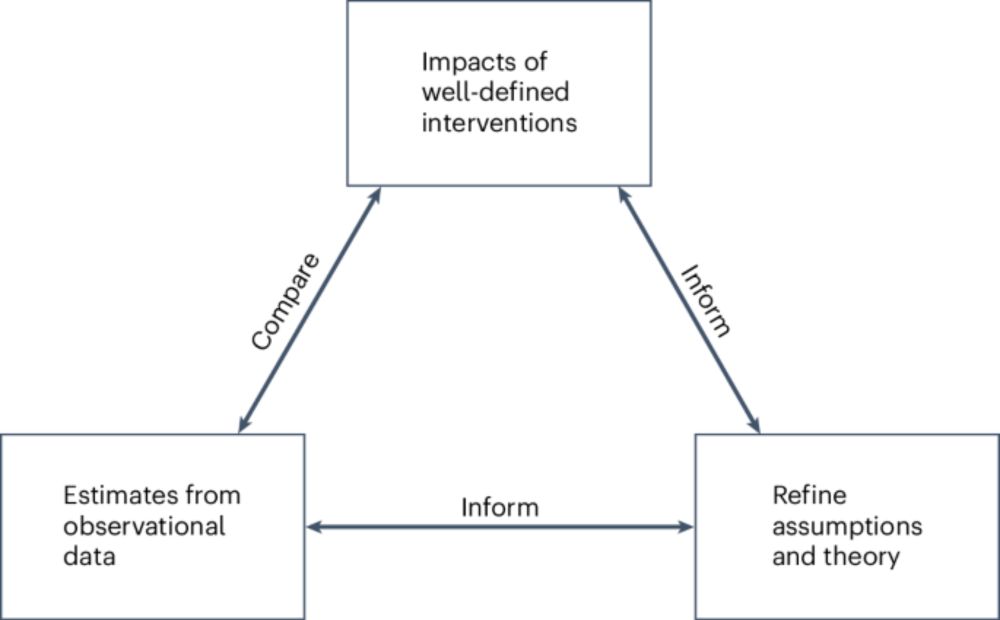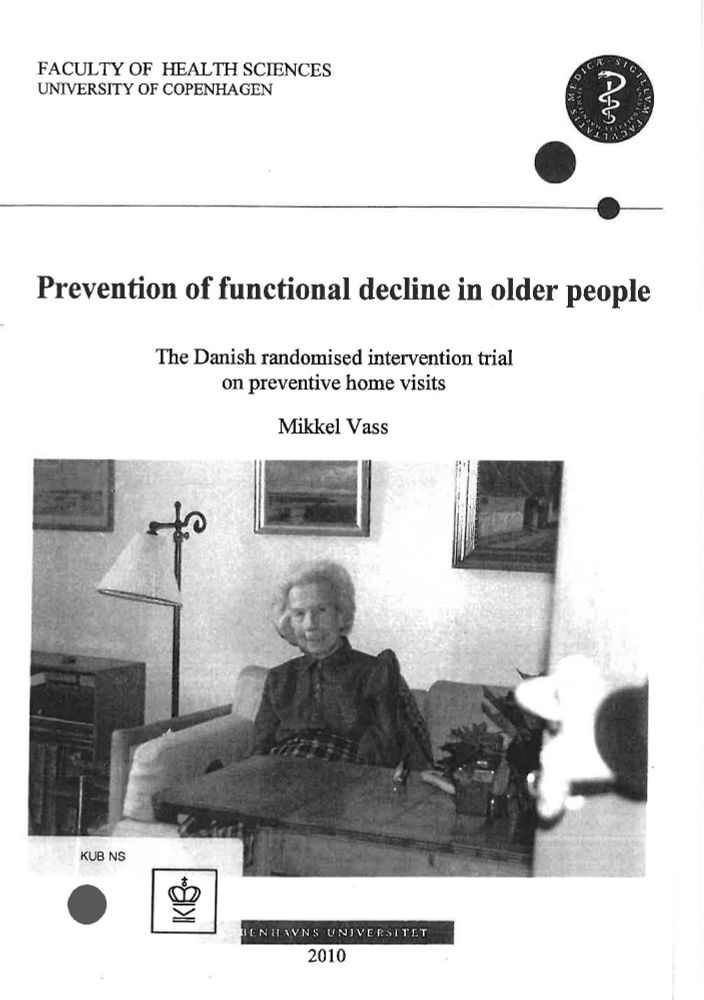
- PhD candidate in Clinical Epidemiology at Memorial University
- Love statistics & R!
- Area of expertise: causal inference using real-world data
Blog: www.causallycurious.com
The ATO is a little different than other estimands.
Often, it's not well defined before the analysis.
This is because there are many ways to define the population.
Instead, it's based on the statistical method.
1/2

The ATO is a little different than other estimands.
Often, it's not well defined before the analysis.
This is because there are many ways to define the population.
Instead, it's based on the statistical method.
1/2
Nick & I ask the question: can we just get an LLM to tell us what belongs on the graph?
Can LLMs (ie ChatGPT) build for us the causal models we need to identify an effect? There are reasons to expect they could. But can they? Well, not really, no.
arxiv.org/html/2412.10...
Nick & I ask the question: can we just get an LLM to tell us what belongs on the graph?
Causal inference is hard:
www.nature.com/articles/s41...

Causal inference is hard:
www.nature.com/articles/s41...
Not saying it's wrong, but I'd have questions why a more "common" approach wasn't used.
Not saying it's wrong, but I'd have questions why a more "common" approach wasn't used.
Follow the link to find the syllabus, which is a thing of beauty. It looks like this will be available in a digital form for those of us not lucky enough to hear it in person.
We've got the basic scrollytelling tech worked out and now need to choose a design.
We're not designers and would like to simply buy an HTML5 template if only for the colors and fonts.
Better to be explicit about assumptions (i.e., DAGs, priors, etc) than implicit
Better to be explicit about assumptions (i.e., DAGs, priors, etc) than implicit
It can be tempting to think of propensity scores as a prediction problem. This is problematic. Why?
In prediction models, any variable that helps can be included.
In causal inference, this can cause bias, e.g., collider bias.
Instead, use a directed acyclic graph (DAG) for variable selection.



It can be tempting to think of propensity scores as a prediction problem. This is problematic. Why?
In prediction models, any variable that helps can be included.
In causal inference, this can cause bias, e.g., collider bias.
Instead, use a directed acyclic graph (DAG) for variable selection.

Every single number, stat, figure, etc. in the manuscript has a complete, open and pushbutton full pipeline all the way from data collection to seeing the number on the page.
To make sure the research question is answered!
Certain methods can only estimate specific estimands. This is important when comparing methods.
Let's use an example.
Imagine we want to compare two methods:
1/3




To make sure the research question is answered!
Certain methods can only estimate specific estimands. This is important when comparing methods.
Let's use an example.
Imagine we want to compare two methods:
1/3
Plot your data
Plot your data
Not unlike calculus vs linear algebra.
Both useful, but mixing them is problematic.
Not unlike calculus vs linear algebra.
Both useful, but mixing them is problematic.
If you repeat an analysis 1,000 times, nominal coverage is the % of intervals that capture the true effect.
For 95% CIs, we'd expect ~950/1,000 to include the true value. It's a long-run frequency idea, not a guarantee for any single interval!

If you repeat an analysis 1,000 times, nominal coverage is the % of intervals that capture the true effect.
For 95% CIs, we'd expect ~950/1,000 to include the true value. It's a long-run frequency idea, not a guarantee for any single interval!
IPCW creates a pseudo-population where censoring is independent of certain covariates!
This is similar to how inverse probability of treatment weighting works.
1/n
IPCW creates a pseudo-population where censoring is independent of certain covariates!
This is similar to how inverse probability of treatment weighting works.
1/n
Really has changed the way I think (at least so far, ~80% of the way through the book)
Really has changed the way I think (at least so far, ~80% of the way through the book)
Be sure to check out this introduction from @vincentab.bsky.social, @noahgreifer.bsky.social. and @andrew.heiss.phd!
#EpiSky
And now I get to focus on {marginaleffects} 1.0.0. Stay tuned.
www.jstatsoft.org/article/view...

Be sure to check out this introduction from @vincentab.bsky.social, @noahgreifer.bsky.social. and @andrew.heiss.phd!
#EpiSky
"All models are wrong, but some are useful"
"All models are wrong, but some are useful"
Learning about Bayesian statistics, feels like it's similar
Learning about Bayesian statistics, feels like it's similar
In Denmark 860 individuals were randomly allocated to either intervention or control. Individuals were unaware of their allocation. No intervention took place. Mortality was higher in the intervention group (p=0.003)

In Denmark 860 individuals were randomly allocated to either intervention or control. Individuals were unaware of their allocation. No intervention took place. Mortality was higher in the intervention group (p=0.003)
Importantly: have fun while doing it. If you aren't having fun, you won't pursue it
Importantly: have fun while doing it. If you aren't having fun, you won't pursue it
Any stats question I'm curious about? Or situation I don't know about?
Head straight to the sim-mobile
Any stats question I'm curious about? Or situation I don't know about?
Head straight to the sim-mobile


